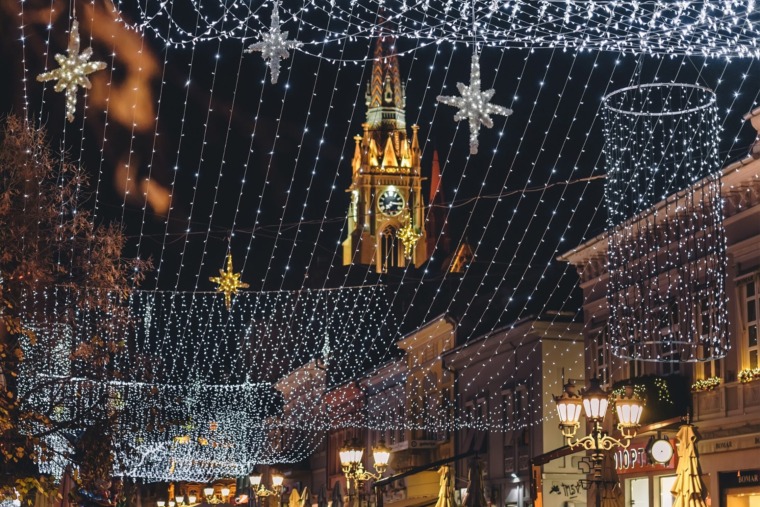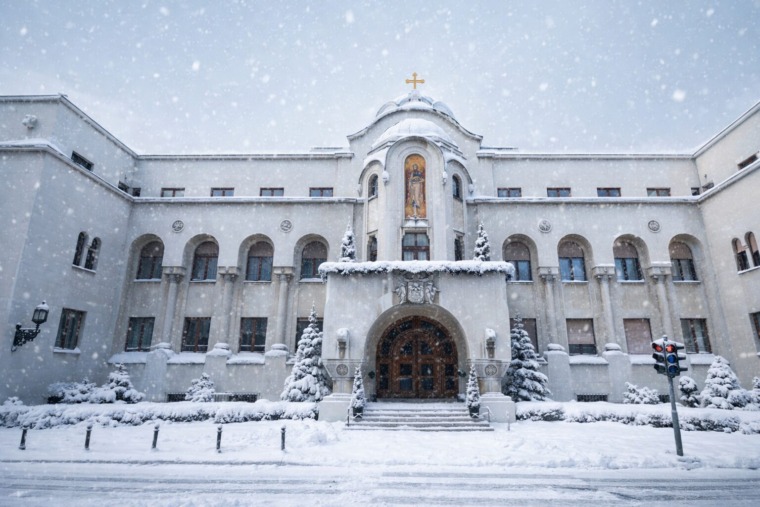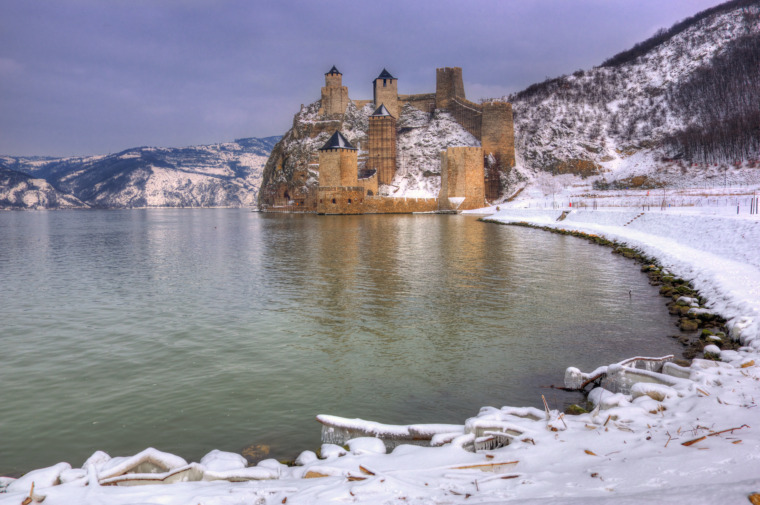
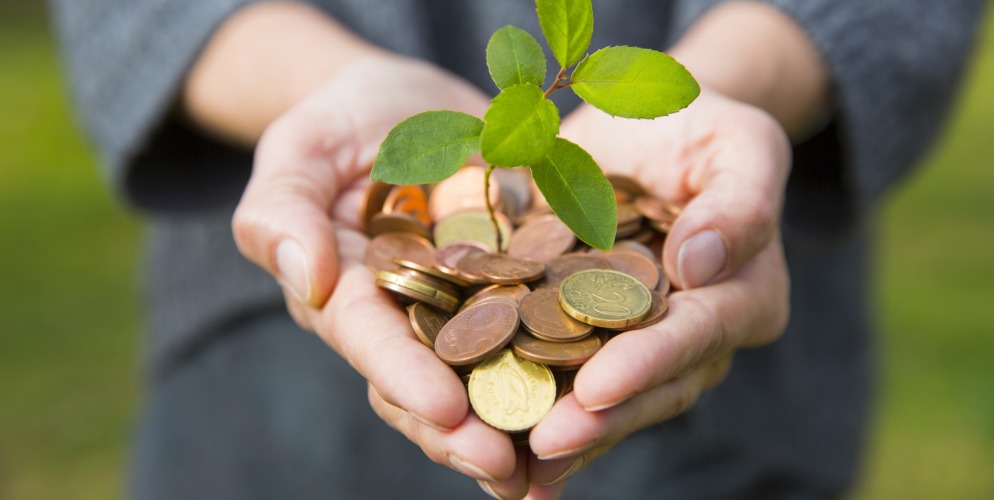
Serbia, a country located at the crossroads of Central and Southeast Europe, has undergone significant economic reforms in recent years, making it one of the most attractive investment destinations in the Balkans. With a growing economy, competitive labor costs, and an increasingly favorable business climate, Serbia is poised to become a hub for both foreign and local investments in 2025. From traditional industries like agriculture to emerging sectors such as technology and renewable energy, there are numerous opportunities for investors seeking to capitalize on Serbia’s potential.
In this article, we’ll explore the top investment opportunities in Serbia for 2025, providing a glimpse into the sectors that are expected to show substantial growth and offer profitable returns.
1. Renewable Energy and Green Technologies
As the world shifts toward sustainable practices, Serbia is positioning itself to be a leader in renewable energy production, particularly in solar and wind energy. The Serbian government has committed to a green transition, with plans to reduce the country’s dependence on fossil fuels and increase its share of renewable energy sources.
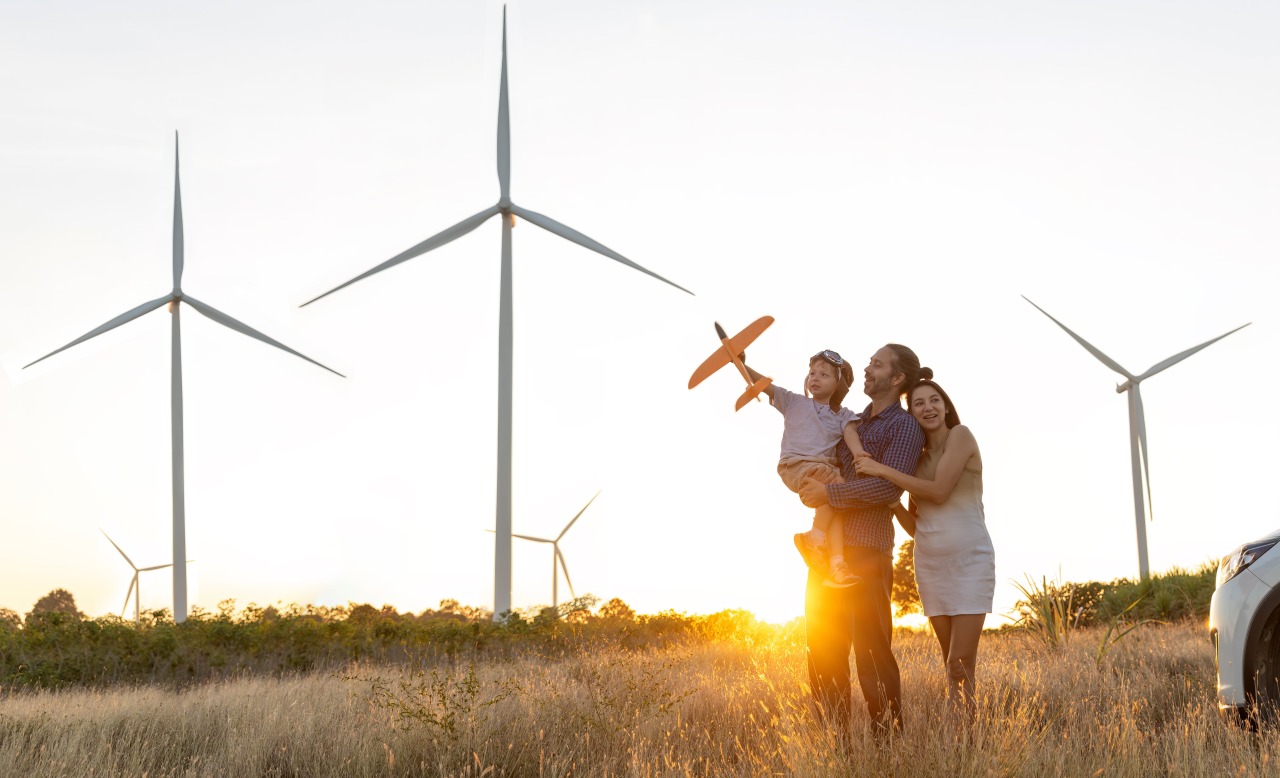
Why invest?
- Government Support: Serbia has introduced several incentives for green energy projects, such as feed-in tariffs and tax breaks for investors in renewable technologies.
- Growing Demand: As Serbia’s energy needs increase, there is a growing demand for clean and sustainable energy sources, creating opportunities for wind farms, solar parks, and hydroelectric power stations.
- EU Integration: Serbia’s aspirations to join the European Union require alignment with EU environmental standards, which further supports investments in green technologies.
2. Technology and Startups
Serbia’s tech scene has been flourishing over the past decade, making it a prime destination for investment in the information technology (IT) and startup ecosystem. Belgrade, Novi Sad, and Niš are emerging as tech hubs, with a number of talented software engineers, developers, and entrepreneurs driving innovation.

Why invest?
- Highly Skilled Workforce: Serbia has a large pool of young, well-educated professionals with competitive salaries compared to Western Europe.
- Support for Innovation: The Serbian government has launched various initiatives to support tech startups, including grants, accelerators, and tax breaks for tech-based companies.
- Rapid Growth: The IT sector is growing rapidly, with Serbia ranked among the top countries in Europe for IT outsourcing. Many global companies have already established development centers in Serbia, indicating the potential for further growth.
3. Agriculture and Agribusiness
Serbia has long been known for its agricultural productivity, and the sector remains one of the most significant contributors to the country’s economy. With fertile land, an abundance of natural resources, and a favorable climate, Serbia offers substantial opportunities for investors in agriculture and agribusiness.
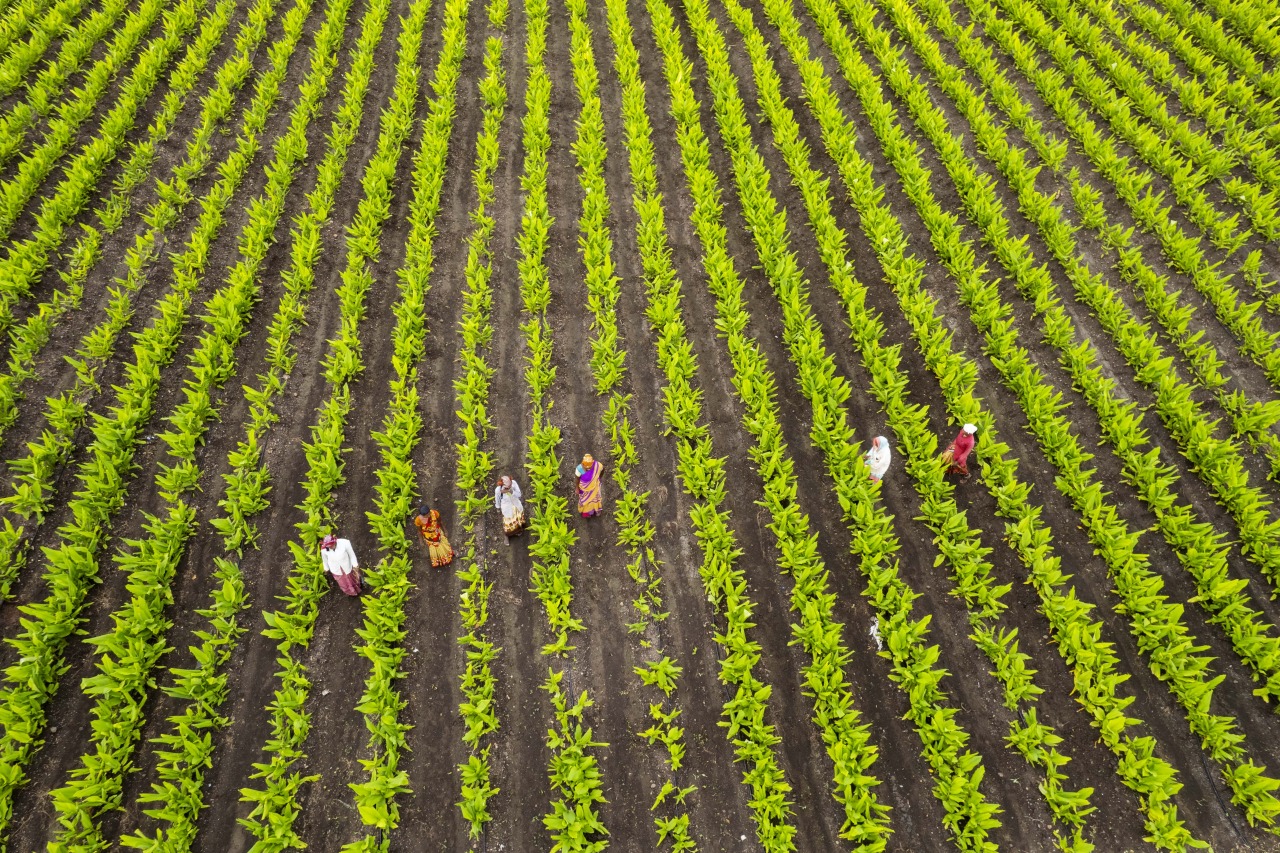
Why invest?
- High Agricultural Output: Serbia is one of the leading exporters of agricultural products in the region, including fruits, vegetables, grains, and meat.
- Growing Export Markets: Serbian agricultural exports, particularly to the EU, Russia, and China, have been growing rapidly, thanks to competitive prices and high-quality products.
- EU Integration: Serbia’s potential EU membership means more access to European markets and alignment with EU agricultural policies and standards.
Key Areas:
- Organic Farming: There is a growing demand for organic produce both domestically and internationally.
- Processing and Packaging: Investing in agricultural processing, packaging, and food production offers a high return on investment, as Serbia’s agricultural exports are often raw materials, with limited added value.
- Livestock Farming: Serbia is also investing in its livestock sector, including poultry, dairy, and beef.
4. Real Estate and Infrastructure Development
Real estate has long been a solid investment in Serbia, and the sector shows no signs of slowing down. From residential and commercial properties to infrastructure projects, there are many opportunities in both the urban and rural markets.
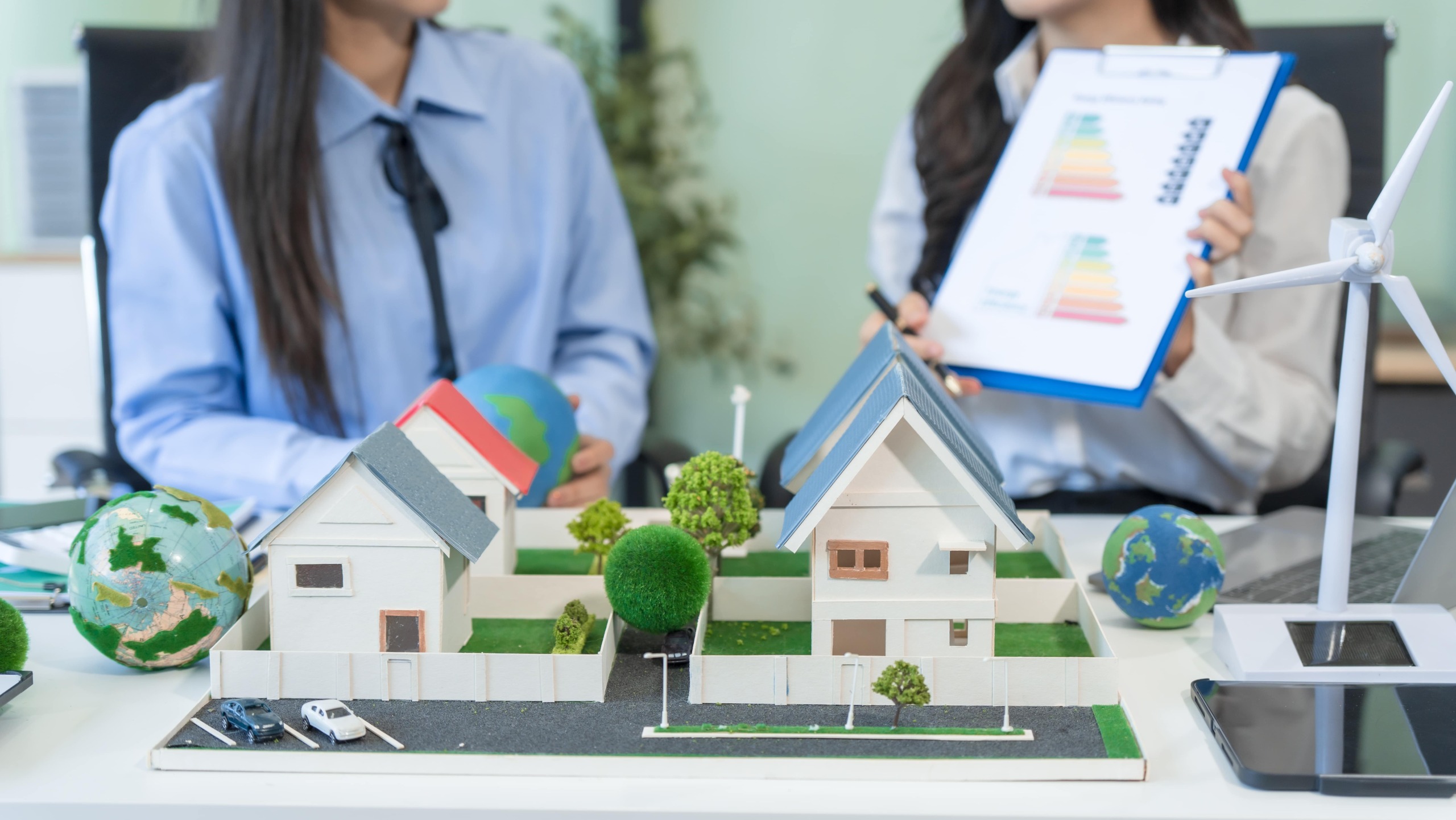
Why invest?
- Urban Growth: Cities like Belgrade and Novi Sad are expanding rapidly, with increasing demand for new apartments, office spaces, and retail properties.
- EU Funding for Infrastructure: As Serbia continues its EU accession process, significant funds are being allocated to improve the country’s infrastructure, including highways, railways, and energy grids.
- Competitive Property Prices: Compared to Western European cities, property prices in Serbia are still relatively low, offering a high return on investment.
Key Areas:
- Residential Real Estate: With an influx of expatriates, tourists, and tech professionals, there is strong demand for housing, particularly in major cities.
- Commercial Real Estate: Belgrade’s growing economy and business-friendly environment make it an attractive place for office space, retail, and hospitality investments.
5. Tourism and Hospitality
Serbia is emerging as an up-and-coming tourism destination, with its unique mix of history, culture, and natural beauty attracting visitors from all over the world. Major cities like Belgrade and Novi Sad, along with historical towns like Niš and the picturesque Tara National Park, are becoming increasingly popular with both tourists and investors in the hospitality industry.

Why invest?
- Rich Cultural Heritage: Serbia offers a wealth of historical and cultural attractions, including UNESCO World Heritage sites, medieval monasteries, and vibrant festivals.
- Improved Infrastructure: The Serbian government has been investing heavily in infrastructure projects such as improving roads, expanding airports, and enhancing the hospitality sector.
- Growth in International Tourism: Serbia has seen a steady increase in international visitors, and with the country’s excellent connections to the EU, tourism is expected to keep rising in 2025 and beyond.
Key Areas:
- Hotels and Resorts: As Serbia’s tourism industry grows, investors have opportunities in developing hotels, resorts, and boutique accommodations.
- Eco-Tourism: Serbia’s stunning landscapes and national parks present excellent opportunities for eco-friendly travel experiences, including adventure tourism and wellness retreats.
6. Manufacturing and Automotive Industry
Serbia is a well-established player in the automotive and manufacturing sectors. With a skilled workforce, low labor costs, and growing infrastructure, Serbia is increasingly becoming an attractive location for international companies to set up manufacturing plants.
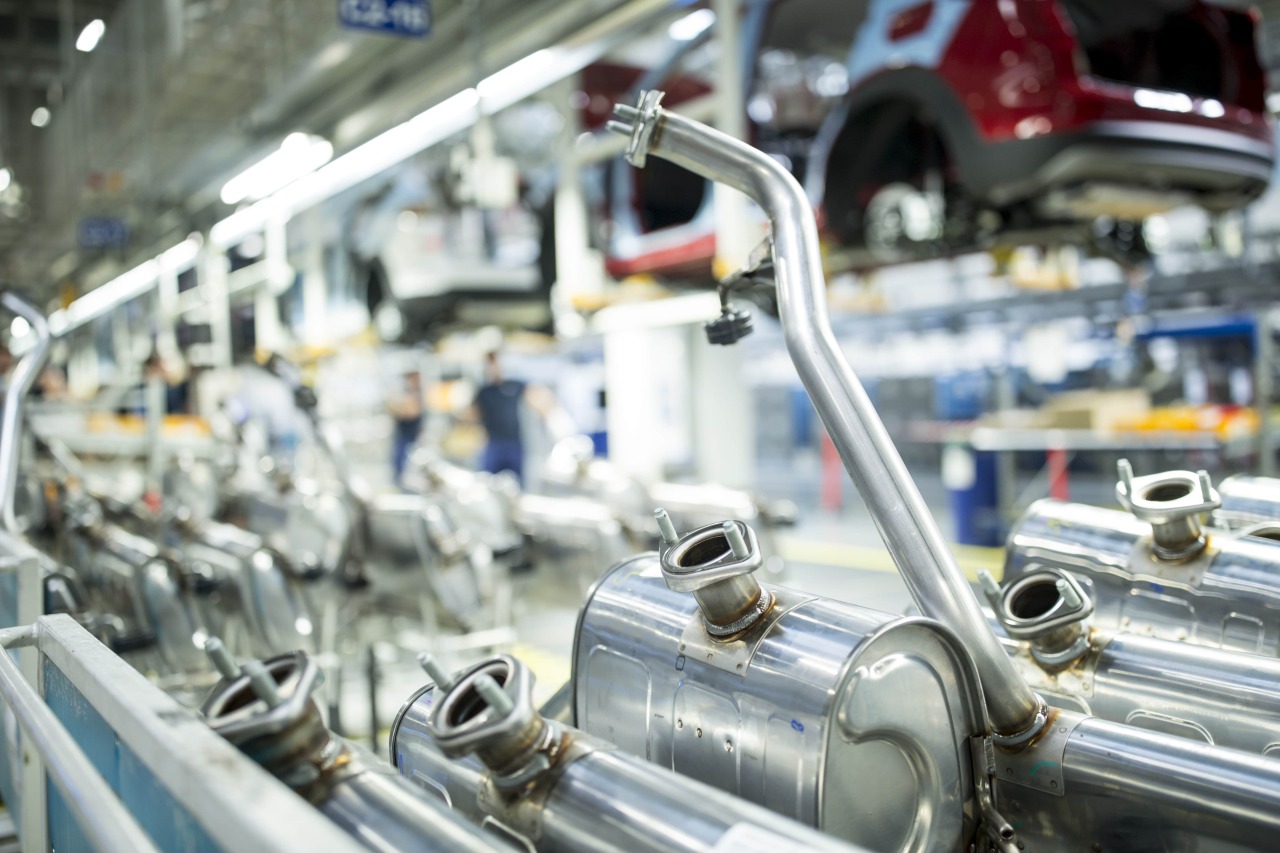
Why invest?
- Strong Industrial Base: Serbia has a strong manufacturing tradition, particularly in automotive parts, machinery, and metal processing.
- Foreign Investment: Major automotive companies, including Fiat and Volkswagen, have established manufacturing plants in Serbia, indicating the country’s strong industrial potential.
- Skilled Workforce: Serbia offers a well-educated and competitive workforce, particularly in engineering and technical fields.
Conclusion: Serbia – A Land of Investment Opportunities
Serbia in 2025 presents a wealth of investment opportunities across various sectors, from renewable energy and technology to agriculture and real estate. The country’s improving business climate, strategic location in Europe, and competitive costs make it an ideal destination for investors looking for growth and profitability. Whether you’re an entrepreneur, a multinational corporation, or a private investor, Serbia offers a diverse and dynamic environment that is ripe for investment.
As the country continues its path towards European integration and economic modernization, Serbia’s potential for growth in 2025 and beyond is undeniable, and now is the perfect time to consider taking advantage of the opportunities this Balkan gem has to offer.
Related Articles


10 Dishes That Must Be on a Serbian New Year’s Table
December 24, 2025
Tourist Holiday Guide to Serbia: Tips, Traditions & What to Expect
December 20, 2025